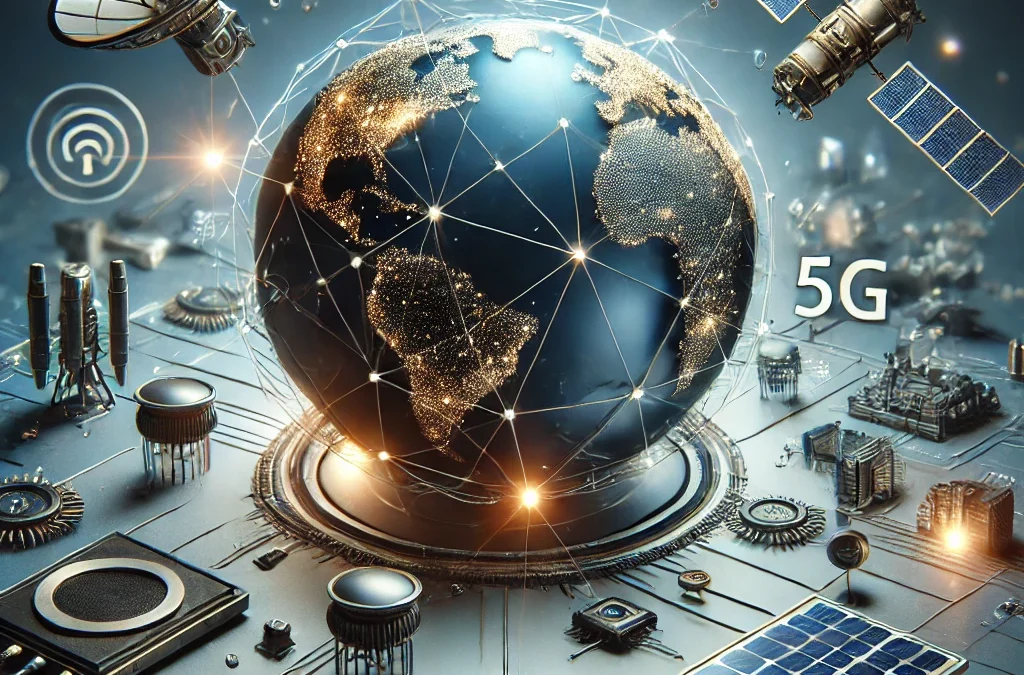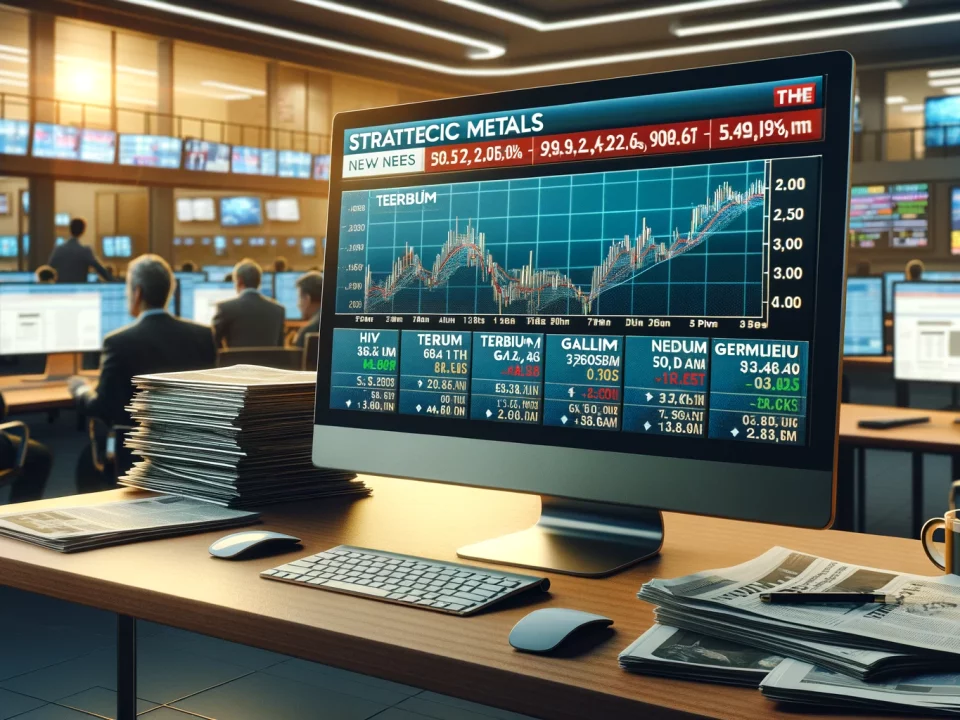
Weekly News Review August 19 – August 25 2024
August 25, 2024
Weekly News Review August 26 – September 1 2024
September 1, 2024Gallium: The Rising Star of Strategic Metals
As the global economy becomes increasingly dependent on advanced technology, the demand for gallium, a critical component in modern electronics, continues to skyrocket. In just the first half of this year, gallium prices have surged by over 20%, following a 17.95% increase last year (click here to view Gallium’s price and 10-year historical price charts). This rapid price appreciation is being driven by rising demand from the semiconductor, telecommunications, and renewable energy sectors.
Gallium is indispensable in numerous high-tech applications, from gallium arsenide chipsets used in 5G base stations to gallium nitride (GaN) components found in military radar, laser technologies, and satellites. Its unique properties have elevated it to the level of a national security concern, with the US and Europe ranking gallium among the 35 critical elements vital to economic stability and defense.
But gallium’s importance extends far beyond telecommunications. Its role in renewable energy is becoming increasingly significant. Thin-film solar panels, known for their efficiency, rely heavily on gallium. In fact, Europe is projected to consume between seven and 26 times more gallium by 2030 than it does today, according to the Fraunhofer Institute. This increasing demand comes at a time when the global supply of gallium is tightening.
China, which controls approximately 95% of the world’s gallium production, has fortified its dominance over the market. Decades of strategic planning have left the West scrambling to reduce its reliance on Chinese supply chains, but creating sustainable alternatives could take a generation. China’s recent export ban in August 2023, which limits gallium shipments to the US, EU, and Japan, has only exacerbated the situation. Gallium prices have soared in response, as companies in the West struggle to secure this critical metal.
To put the supply crisis in perspective, consider Austria. With a population of just 9 million, Austria’s planned renewable energy projects are estimated to require 4.5 times the current global gallium production. This eye-popping statistic highlights the looming gallium shortfall.
China is not only curbing exports but also expanding its domestic consumption, particularly through tech giant Huawei. Huawei, which holds over 2,000 patents related to gallium, is aggressively pursuing dominance in gallium-based semiconductors, ensuring its position at the forefront of global tech innovation for years to come.
Meanwhile, the disparity in human capital between China and the West further complicates efforts to counter China’s dominance. While China graduates 200 metallurgists per week, the US produces just 200 a year. Over 400,000 people work in China’s rare earths and technology metals industries, compared to a mere 400 in the US. Developing the expertise, infrastructure, and supply chains outside of China will likely take at least a decade—if not longer.
For now, the West remains dependent on whatever gallium China is willing to export after meeting its domestic needs. The recent export ban underscores China’s strategic leverage, and with gallium’s critical role in both national security and economic development, further restrictions or price hikes seem inevitable.
As demand continues to rise across sectors such as telecommunications, defense, and renewable energy, and as supply remains constrained, gallium prices are expected to face ongoing upward pressure. Analysts forecast that gallium’s price trajectory will continue to climb in the medium term, driven by its indispensability in high-tech industries and the persistent global supply shortages.
Stay informed on this critical metal … its future value may shape the technology and energy sectors for years to come.






